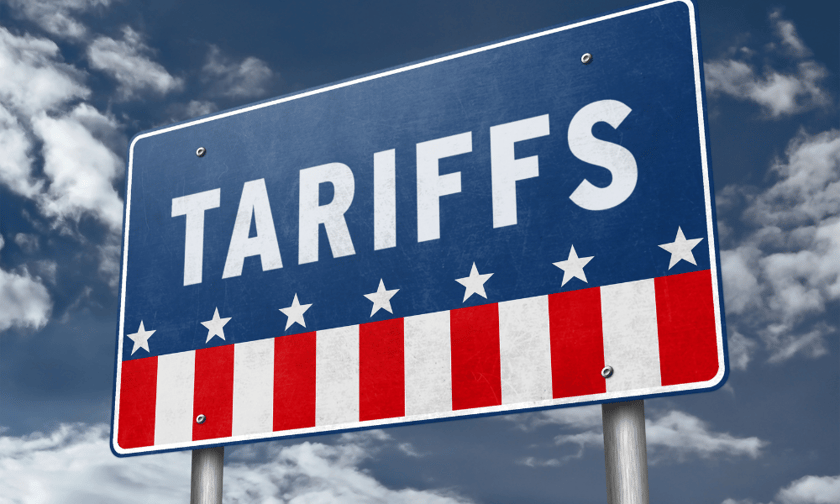

EMEA insurers, while not directly affected by US tariffs, are exposed to secondary effects, according to Fitch Ratings.
The tariffs, combined with geopolitical tensions and retaliatory measures, are expected to contribute to slower global economic growth and have already increased volatility in financial markets. This volatility is likely to affect both insurers’ investment returns and underwriting results.
The outlook for investment returns remains uncertain, Fitch said, adding that falling equity prices, widening credit spreads and potential defaults will likely lead to mark-to-market losses, which could weaken insurers’ solvency ratios. However, European government bond yields remain higher than at the end of 2024, which could help support profitability for insurers who have invested in these higher-yield bonds, the note said.
Reinsurers and insurers in the London market are among those most exposed to potential weaknesses in the US economy and fluctuations in the US dollar. However, markets outside the US are also expected to experience weaker growth and foreign exchange volatility, which will likely affect insurers' operating conditions across the EMEA region.
The US recently imposed a 10% tariff on imports from the UK, which may further complicate the situation for insurers. This move is part of a broader tariff strategy by the Trump administration, which has raised concerns in the UK about the potential impact on the economy, including higher prices and market volatility.
Major European reinsurers, which are exposed to the US market through their reinsurance coverage and investment portfolios, may feel the effects of a weaker US economy or a decline in the value of the US dollar.
While this exposure is mostly contained within local subsidiaries, any downturn in the US market could negatively impact the consolidated results of these reinsurers. Similarly, London market insurers also face risks due to their US-focused operations, Fitch said.
European life insurers are also particularly exposed to market risks. Prolonged financial market volatility, economic downturns, or periods of market illiquidity could lead to significant outflows and realised investment losses. However, life insurers are unlikely to see a significant drop in new business unless market conditions deteriorate sharply over an extended period.
For non-life insurers, Fitch said that slower economic growth may result in reduced revenues. Increased claims costs, particularly for construction materials and motor parts due to supply shortages, could lead to higher expenses.
Additionally, business interruption claims are expected to rise as supply chains continue to face disruptions. Non-life insurers may find it difficult to keep pace with claims inflation as macroeconomic weaknesses limit their ability to raise premiums.
Meanwhile, financial guarantors could be under additional pressure from worsening economic conditions in emerging markets, which may lead to higher demand for guarantees and increased credit losses.
Financial guarantors supported by the US Agency for International Development, or USAID, could be particularly vulnerable if the agency reduces or withdraws its support. In such cases, these firms would need to secure alternative funding sources or find new co-guarantors to maintain their business volumes, Fitch said.
